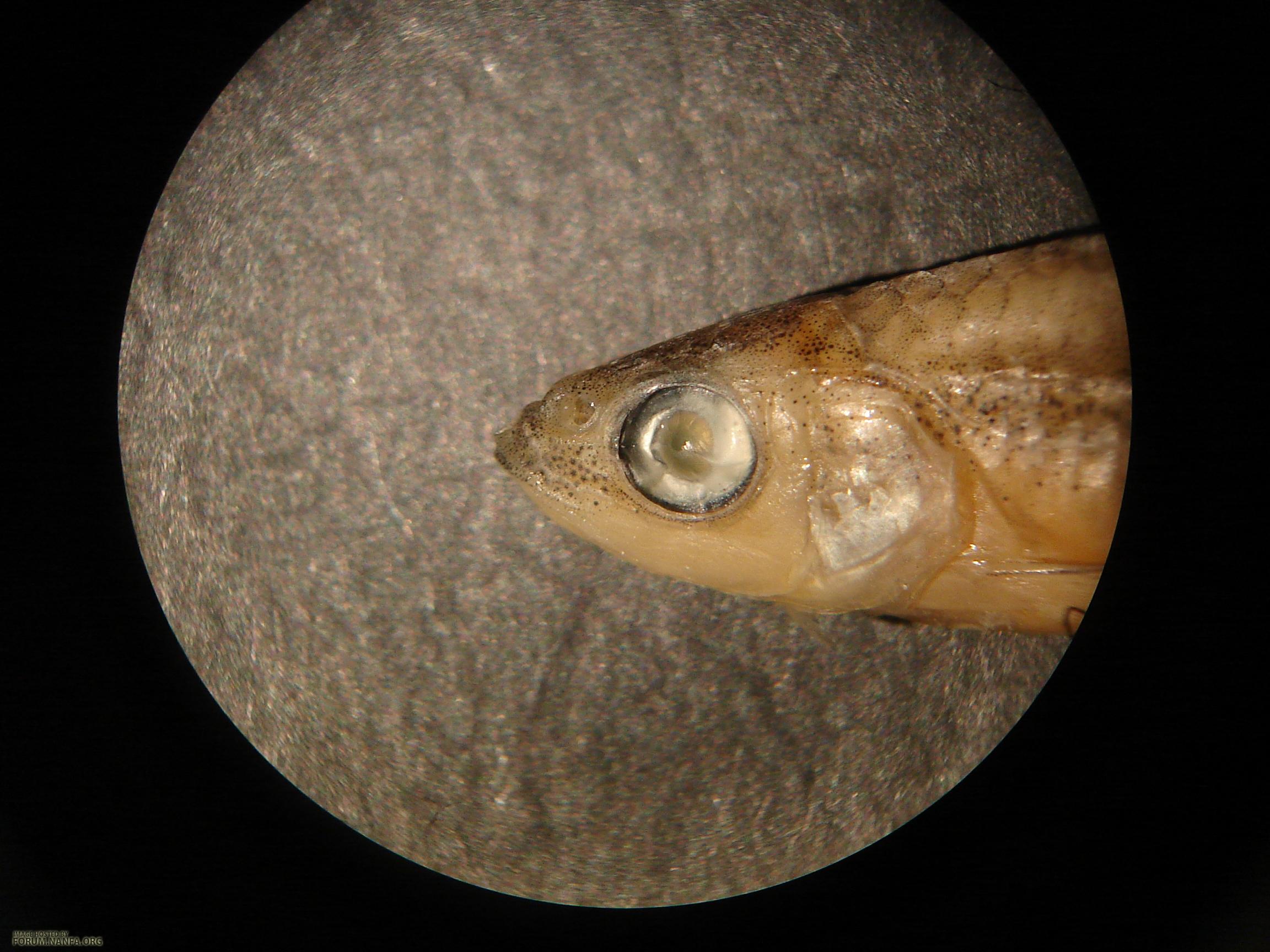In many scientific collections, "weird looking" fish are found. The process (from a biologist standpoint) is to look at morphological characteristics and determine why the specimen is "weird". Is it genetic abnormalities? Hybrid? My theory has always been "if it looks distinctly like two different species...it most likely is a hybrid" But at what point is a hybrid confirmed? I realize genetic analysis can be done between the suspected parental types for determination... but this isn't possible once the specimen has been fixed in formalin. I do not want to do anything more than stick a name on a voucher specimen, I could just write (Notropis sp.) and be done with it... but in the back of my mind I know it is a very good possability that it is a hybrid.
For example, I just found a fish that was "weird" to me. It looks most like a Mimic shiner
Notropis volucellus and a Comely shiner
Notropis amoenus. This is what I came up with.
(see attached spreadsheet)
Is this system ok? Are there other methods that I can use in the future? Anybody have similar species that they might have dealt with?
Thanks,
Wertz










